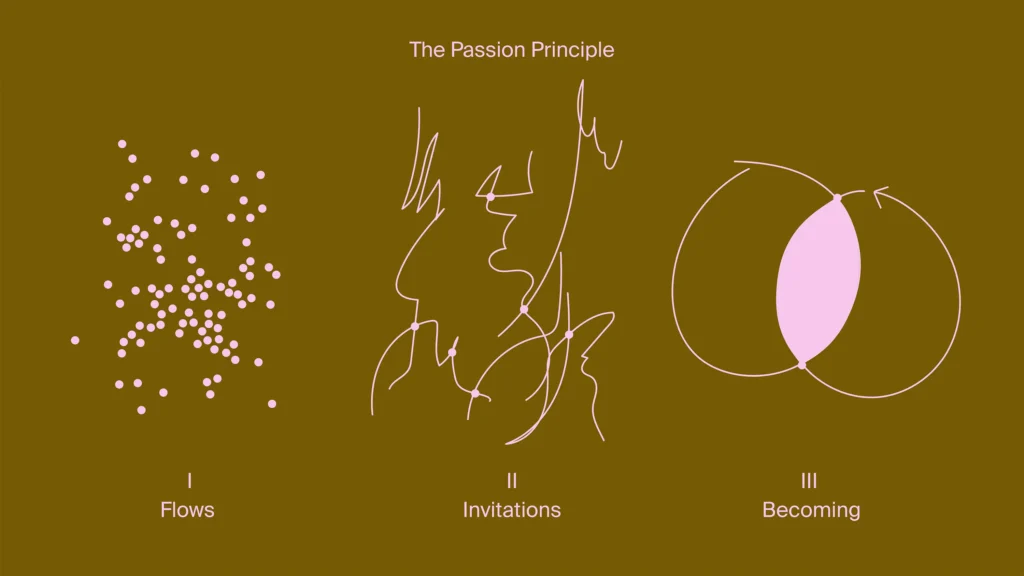I don’t know if I’m the only one, but I frequently feel overwhelmed with advertisement messages on billboards, television, the Internet, and people’s clothing. It seems that everywhere I turn, there is an advertisement.
One of the most subtle forms of advertising are messages and images in movies and television. To be honest, I never before thought about the positive impact that movie and television messaging could have on society and individuals until very recently.
Last week, I attended a lecture entitled “Is Television Good for Our Health? Working with Hollywood’s Scriptwriters to Increase Health Accuracy in TV Story Lines” given by Rice University’s Center for the Study of Women, Gender, and Sexuality. The presenter, Sandra de Castro Buffington is the Director of Hollywood, Health and Society. In this lecture, I learned that her organization works with television and movie writers to not only increase health accuracy, but also pitches ideas dealing with current health issues. Additionally, they encourage the networks to post links to health agencies and information on the specific health topic covered, on their websites. What totally blew my mind was when Sandra shared a graph showing the number of calls made to a national HIV/AIDS hotline spiked the most in a year immediately following the topic being covered on a popular soap opera. This had a greater impact than the CDCs national campaign and MTV’s campaign.
However, before I could get a warm and fuzzy feeling, I immediately encountered this TED Talk by documentary filmmaker, Morgan Spurlock in which he discusses both branding and product placement. With the vast majority of Americans skipping over commercials with digital television, we are sure to see much more product placement in the future.
At the end of the day, I’m left with the question, “How much advertising is too much?”




